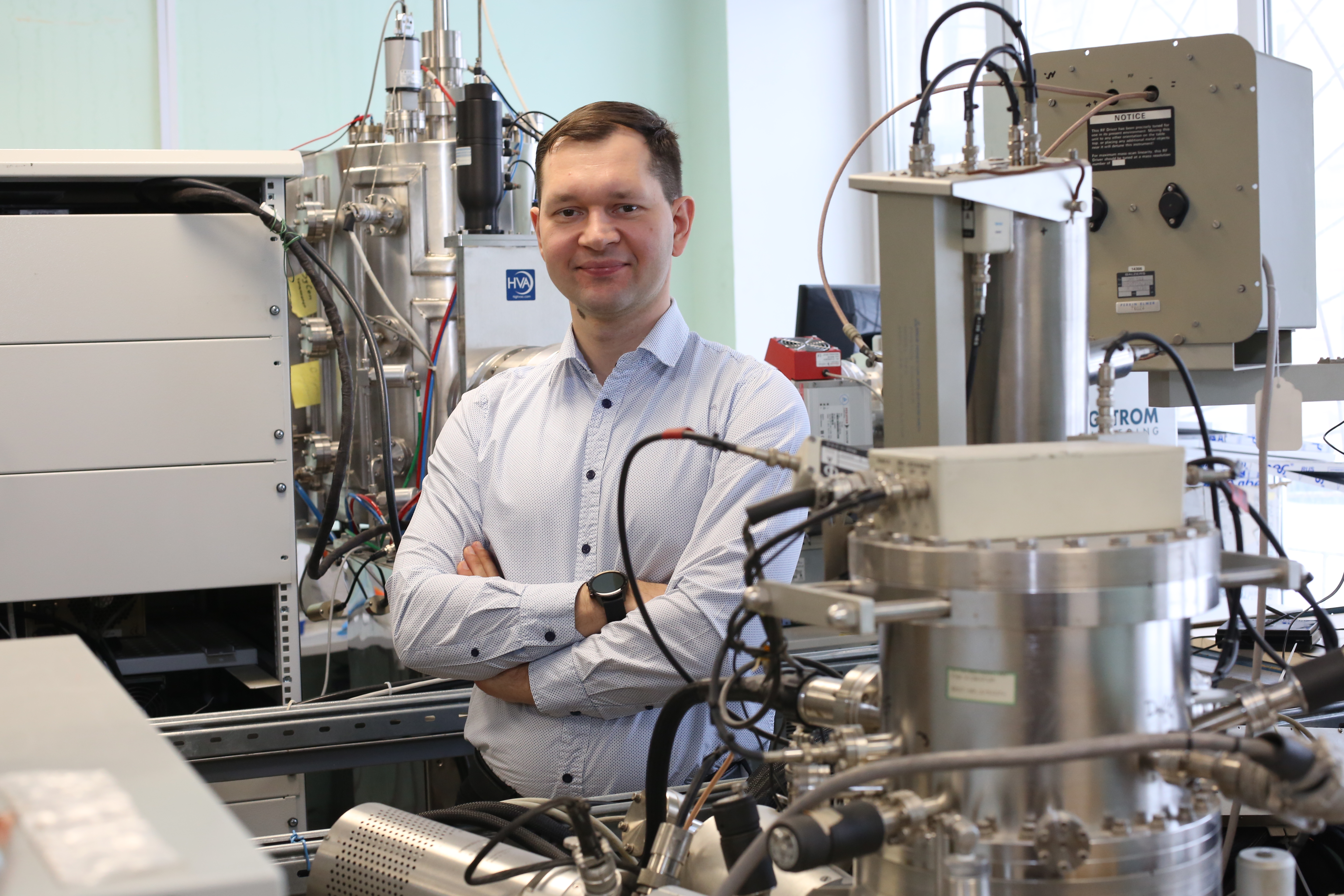Specialists from Saratov State University have created a unique material for 5G networks. According to the scientists, the brand new development would increase the efficiency of data reception and transmission by suppressing interference. The research was published in the journal ‘Applied Physics Letters’ (https://aip.scitation.org/doi/10.1063/5.0058572).
Electromagnetic radiation absorptive non-reflective materials are widely used in modern communication systems. As the SSU scientists explained, this type of materials is applied to suppress interference caused by a large number of antennas operating on the same frequency.
The vast majority of such materials on the market are designed to work with radiation of decimetre and centimetre ranges. However, the new 5G wireless device operates in the millimetre range, and, as the researchers say, works dozens and hundreds times faster than previous generations.
The new composite is said to increase the efficiency of the next generation reception and transmission equipment by reducing interference. The tests have showed a high performance of the new material.
“We have developed a composite film made of silicon and aluminium which is to be applied to quartz glass. The film is about 100 times thinner than a human hair. The coating reduces the power of reflected radiation by more than 10 times and decreases the power of radiation passed through it by 3-4 times”, - Andrey Starodubov, Andrei Starodubov, Senior Researcher of the Tailored Materials Laboratory said.
The SSU scientists highlighted, that there is no analogue to the developed material, which is capable of working with millimeter-length waves. The technique for magnetron sputtering was used to create the coating.
The study was supported by the Russian Foundation for Basic Research under project No. 20-07-00929. In the future the scientific team intends to improve the new material as well as develop vacuum microelectronics devices based on it.
